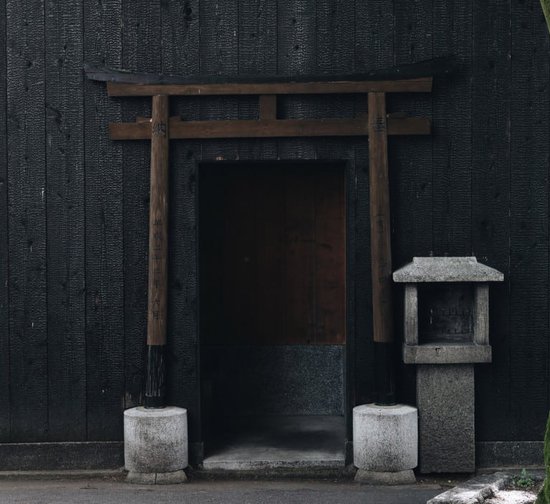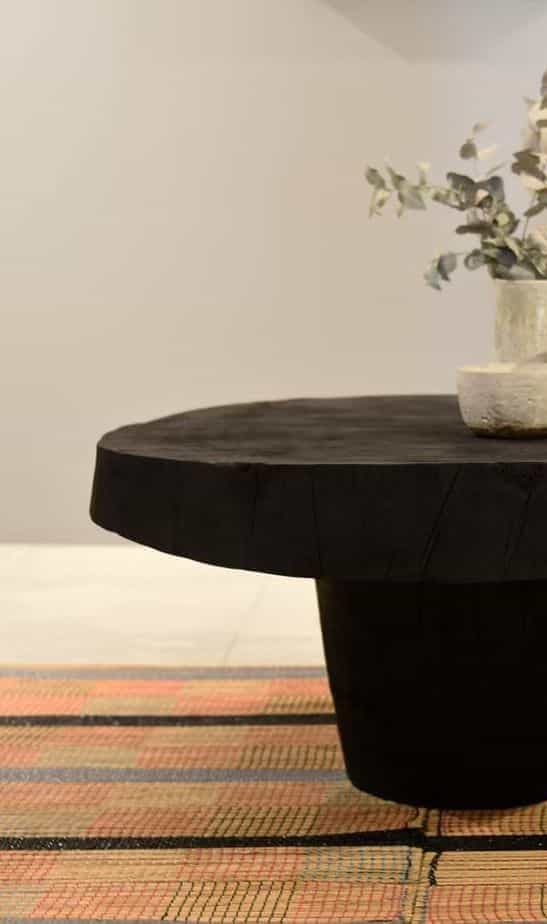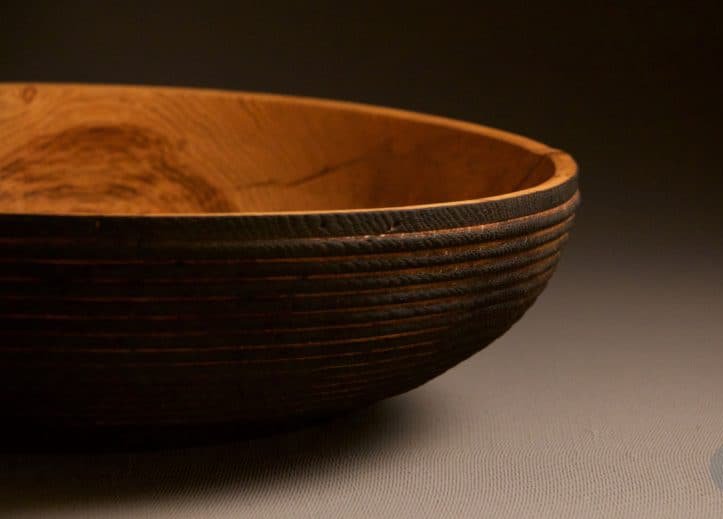
In today’s world where technological and technical progress goes faster than our minds, and allows all madness and nonsense… There is a tendency to return to simpler things, to a Less Is More philosophy…
Getting back to challenging consumerism through restoring and recycling. The antiques world is part of the solution. These are essential values that I share with you through my profession. Right now I am going to tell you about Yakisugi, an ancestral technique of Japanese burnt wood that attracted my attention from the first moment I saw it.
Sometimes human beings stop inventing and decides to return to ancient processes. More than often they have proven their effectiveness. Ancient humans were not that bad either. And moreover they have an interesting even timeless aesthetic beauty.
This is the case of YAKISUGI which literally means “grilled cedar”. This Japanese process has resurfaced and is an astonishing success. In fact initially it was a question of covering the houses with a cladding which has been burned beforehand. I love the effect of burnt wood! And you?
The origin of Yakisugi, a Japanese charred wood
While in the Middle Ages houses were mostly built of wood, it was in Japan that this technique was developed. The Japanese noticed that burnt wood was much more resistant than raw wood. It has many advantages on several levels: it slows down the aging of wood exposed to the sun and weather changes, prevents the proliferation of pests, and slows the spread of fires. In fact it was because of these devastating fires, frequent in medieval times, that this method was applied. Finally, this process does not require chemical treatment of the wood so it is an ecological gift! At Amaru Antiques, we are just as careful to treat our wooden furniture with non-abrasive and natural techniques.

A renewed interest in Yakisugi
Today the Yakisugi offers itself a new light and is making a strong comeback in architecture and decoration. From the outside uses it passes inside the house, and any object or furniture made of wood can be dressed in a more or less dark color depending on the original wood and the burning time. The tool used to achieve this aspect is the blowtorch.

Thanks to this technique, gray, brown, and black shades of wood can form endlessly and create a singular style. The neutral and chic hue rendered by Yakisugi, Japanese burnt wood, can go with any kind of interior, whether contemporary or more traditional, whether the furniture has a vintage or more modern look…